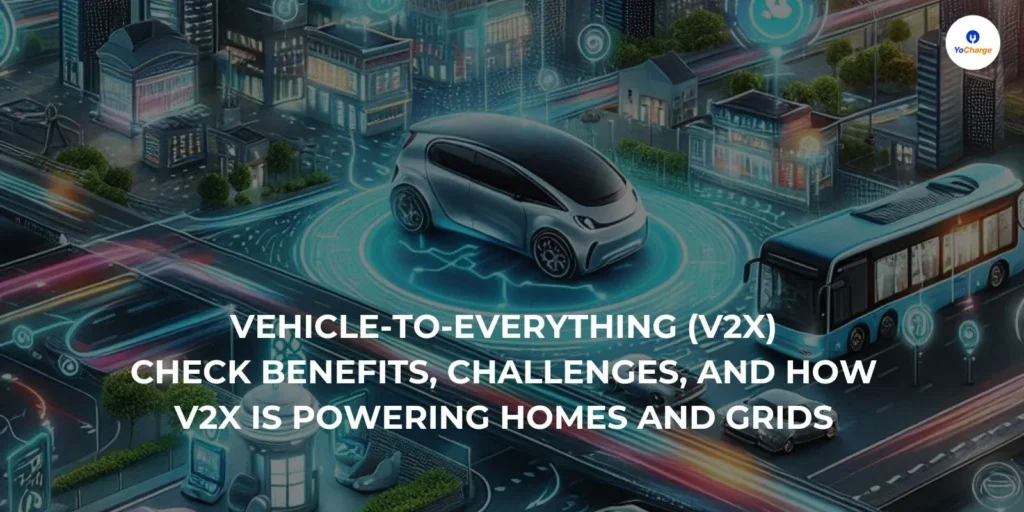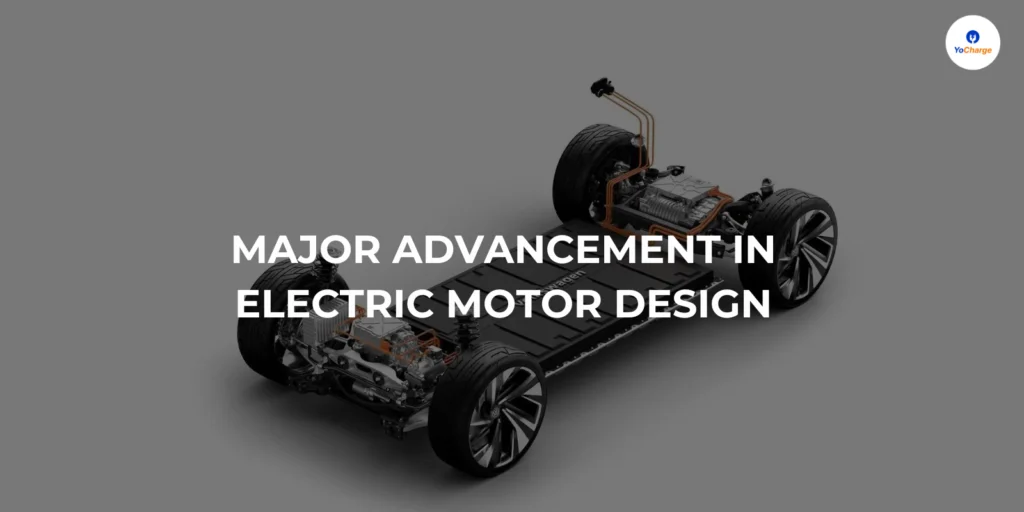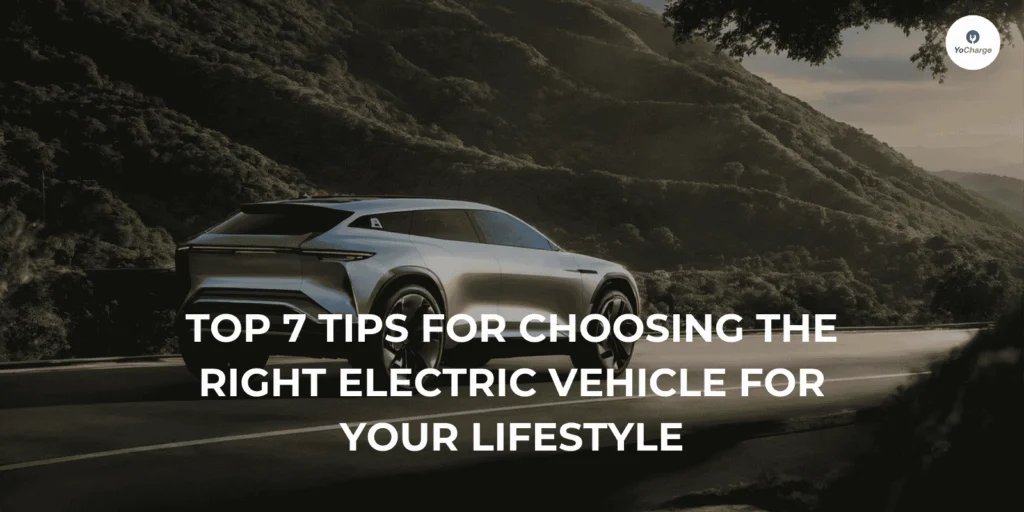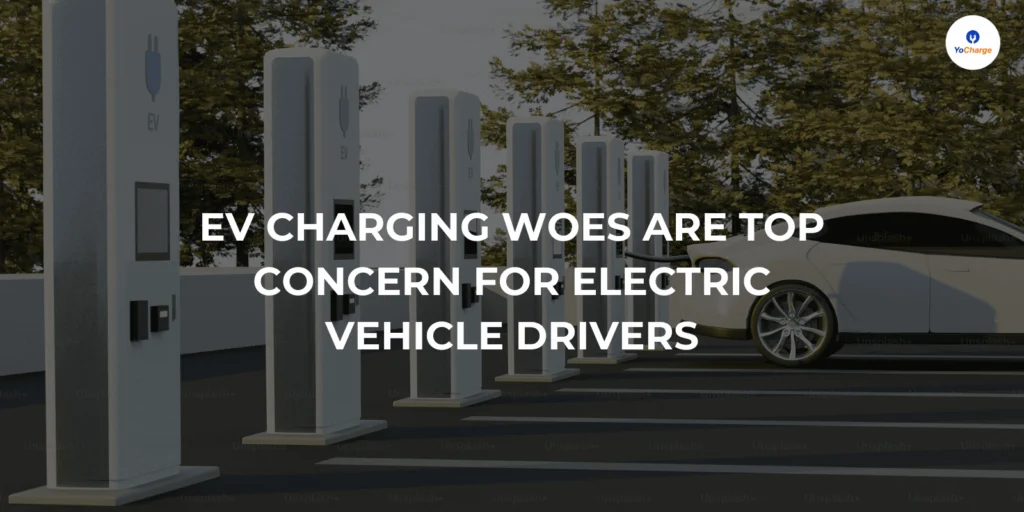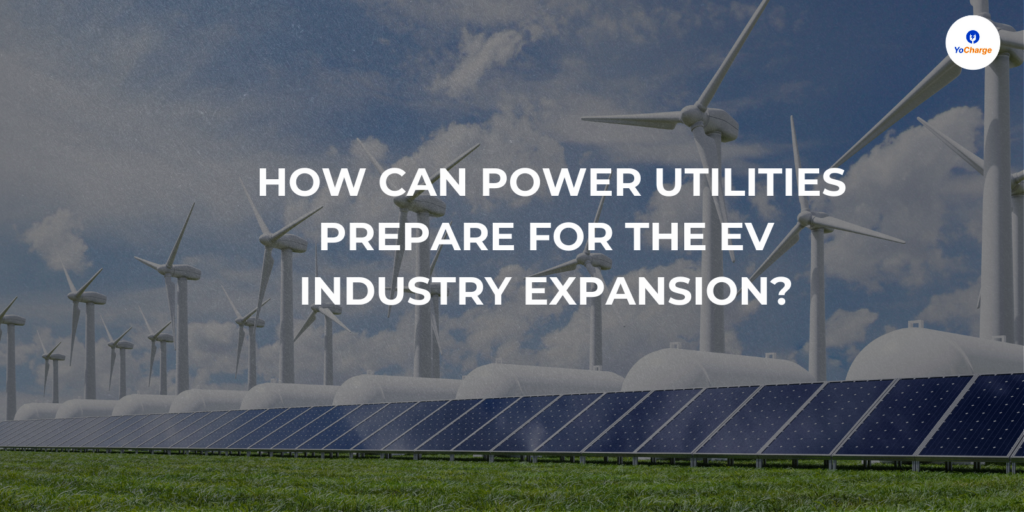
The transportation sector is experiencing a huge transformation driven by the rapid rise of electric vehicles (EVs). EVs offer an alternative to traditional gasoline-powered vehicles, boasting zero tailpipe emissions, contributing to a cleaner environment, and combating climate change. This shift presents a unique set of challenges and opportunities for power utilities.
According to a 2023 study by the International Energy Agency (IEA), the global EV fleet (excluding two/three-wheelers) surpassed 30 million in 2022 and is expected to surpass 240 million by 2030 in the STEPS (Stated Policies Scenario). It reflects a surge in demand and this trend is expected to accelerate in the coming years, driven by factors such as
- Government Incentives: Many countries are offering financial incentives for EV purchases, making them more affordable for consumers.
- Technological Advancements: Battery technology is constantly improving, leading to increased range and shorter charging times for EVs.
- Environmental Concerns: Growing awareness of the environmental impact of traditional vehicles is driving consumers towards cleaner transportation options.
While the rise of EVs is positive for the environment, it presents significant challenges for power utilities. The anticipated surge in demand for electricity to power EVs is expected to put a strain on the existing grid infrastructure. Additionally, unpredictable charging patterns, particularly during peak hours, can create further challenges for managing the grid effectively. Let’s discuss more about how power utilities can prepare themselves for the EV Industry expansion and the challenges ahead.
Challenges Of EV Expansion For Power Utilities
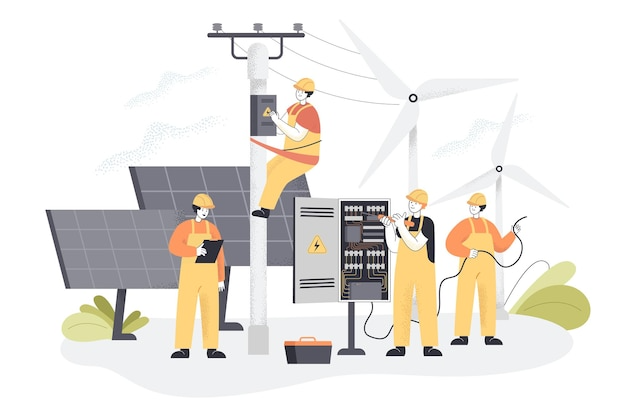
The widespread adoption of electric vehicles (EVs) presents numerous opportunities, however, it also presents significant challenges for power utilities. These challenges can be categorized into the following three main areas:
Increased Electricity Demand
- As more people switch to EVs, the overall electricity demand is expected to rise substantially. A study by the National Renewable Energy Laboratory (NREL) in the United States estimates that a scenario with widespread EV adoption could increase electricity demand by 20% by 2050 AND 30% in medium and high scenarios.
- This increase will be particularly pronounced during peak hours, when electricity demand is already high, as most EV charging is likely to occur at home in the evenings. This could lead to brownouts or blackouts if the grid is not adequately prepared.
Grid Strain
The existing power grid infrastructure in many regions is not designed to handle the significant increase in electricity demand expected from EVs. This can lead to:
- Overloaded Transformers And Power Lines: This can lead to equipment failures and power outages.
- Voltage Fluctuations: These fluctuations can damage sensitive electronic equipment, including EVs themselves.
- To accommodate the additional demand, power utilities will need to invest in grid modernization projects, including:
- Upgrading existing infrastructure
- Building new power plants
- Integrating renewable energy sources
Unpredictable Charging Patterns
Unlike traditional gasoline vehicles that refuel quickly and predictably, EV charging patterns can be more unpredictable. This variability can pose challenges for grid management:
- Uncoordinated Charging: If a large number of EVs start charging simultaneously, it can create sudden spikes in demand that are difficult to manage.
- Lack Of Visibility: It can be difficult for utilities to predict when and where EVs will be charged, making it challenging to plan for and allocate resources accordingly.
Opportunities For Power Utilities In The EV Era
While the rise of electric vehicles (EVs) presents challenges, it also unlocks several exciting opportunities for power utilities:
Revenue Growth
- The increased demand for electricity from EV charging translates directly to potential revenue growth for power utilities. According to Fortune Business Insights, the global electric vehicle (EV) market size is projected to grow from $500.48 billion in 2023 to $1,579.10 billion by 2030, with a compound annual growth rate (CAGR) of 17.8%.
- Utilities can leverage this growth by:
- Implementing fair and transparent pricing models for EV charging, including time-of-use rates that incentivize off-peak charging.
- Offering subscription-based services for reliable and efficient charging access.
New Business Models
- The EV revolution presents an opportunity for utilities to diversify their business models beyond traditional electricity generation and distribution.
- Examples include:
- Installing And Operating Charging Infrastructure: This includes public charging stations, workplace charging solutions, and home charging installations.
- Providing Smart Charging Solutions: These solutions use technology to optimize charging times and minimize grid strain.
- Partnering With Automakers And Other Stakeholders: Utilities can collaborate to develop innovative solutions for EV adoption and charging, such as vehicle-to-grid (V2G) technology that allows EVs to feed electricity back into the grid during peak hours.
Sustainability Leadership
By actively promoting EV adoption and investing in grid modernization, power utilities can position themselves as leaders in sustainability. This can:
- Enhance their brand reputation and attract eco-conscious customers or people.
- Contribute to reducing greenhouse gas emissions from the transportation sector, mitigating climate change.
- Position themselves favorably for future regulations and policies related to clean energy.
By adopting these opportunities, power utilities can play a crucial role in facilitating the transition to a cleaner and more sustainable transportation future.
Suggested Reads: List Of All Electric Vehicles In The USA
Effective Strategies For Power Utilities

To overcome the challenges and capitalize on the opportunities presented by EV expansion, power utilities can implement several key strategies such as:
Grid Modernization
The existing grid infrastructure needs upgrades to accommodate the increased demand and fluctuating patterns associated with EV charging. This involves:
- Investing In New And Upgraded Transmission And Distribution Lines: This will ensure sufficient capacity to handle the additional electricity flow.
- Integrating Renewable Energy Sources: Solar, wind, and other renewable sources can help meet the growing demand while reducing reliance on traditional fossil fuels.
- Deploying Smart Grid Technologies: These technologies use sensors, software, and communication systems to improve grid efficiency, reliability, and responsiveness to changing demand patterns.
Smart Charging Solutions
Smart charging technologies offer effective tools for managing EV charging demand and minimizing strain on the grid during peak hours. These solutions:
- Schedule Charging: They allow users to schedule charging for off-peak hours when electricity demand is lower.
- Optimize Charging Rates: They can adjust charging speeds based on grid conditions, ensuring efficient energy use and minimizing peak loads.
- Vehicle-To-Grid (V2G) Technology: This allows EVs to act as batteries, potentially feeding electricity back into the grid during peak hours to provide additional power and stabilize the grid.
Time-Of-Use Rates
Time-of-use (TOU) rates can incentivize EV owners to charge their vehicles during off-peak hours. This strategy offers several benefits including:
- Reduced Strain On The Grid: By encouraging off-peak charging, utilities can flatten the demand curve and avoid overloading the grid during peak hours.
- Cost Savings For Consumers: Customers who charge their EVs during off-peak hours can benefit from lower electricity rates.
Partnerships
A collaborative approach is critical for navigating the complexities of EV integration. Power utilities need to work with:
- Automakers: Collaboration can lead to the development of standardized charging infrastructure and innovative solutions like V2G technology.
- Policymakers: Joint efforts can create regulations and incentives that promote EV adoption and facilitate grid modernization projects.
- Consumers: Engaging with consumers through education and outreach programs can encourage responsible charging practices and build public support for the transition to a clean energy future.
Suggested Reads: 4 Exciting Ways Energy Companies Can Start EV Charging Business
The Final Words
The rise of electric vehicles (EVs) presents both challenges and opportunities for power utilities. While the anticipated surge in electricity demand and unpredictable charging patterns pose challenges, the potential for revenue growth, new business models, and sustainability leadership creates exciting prospects.
In order to operate in this transformative era, power utilities must be constantly planned and collaborated with different stakeholders. Power utility can play an important role in facilitating a clean and sustainable transportation change in the future. Collaborative efforts will be needed to equip the grid to accommodate the growing EV fleet, both for utility and for the benefit of both the consumers.
